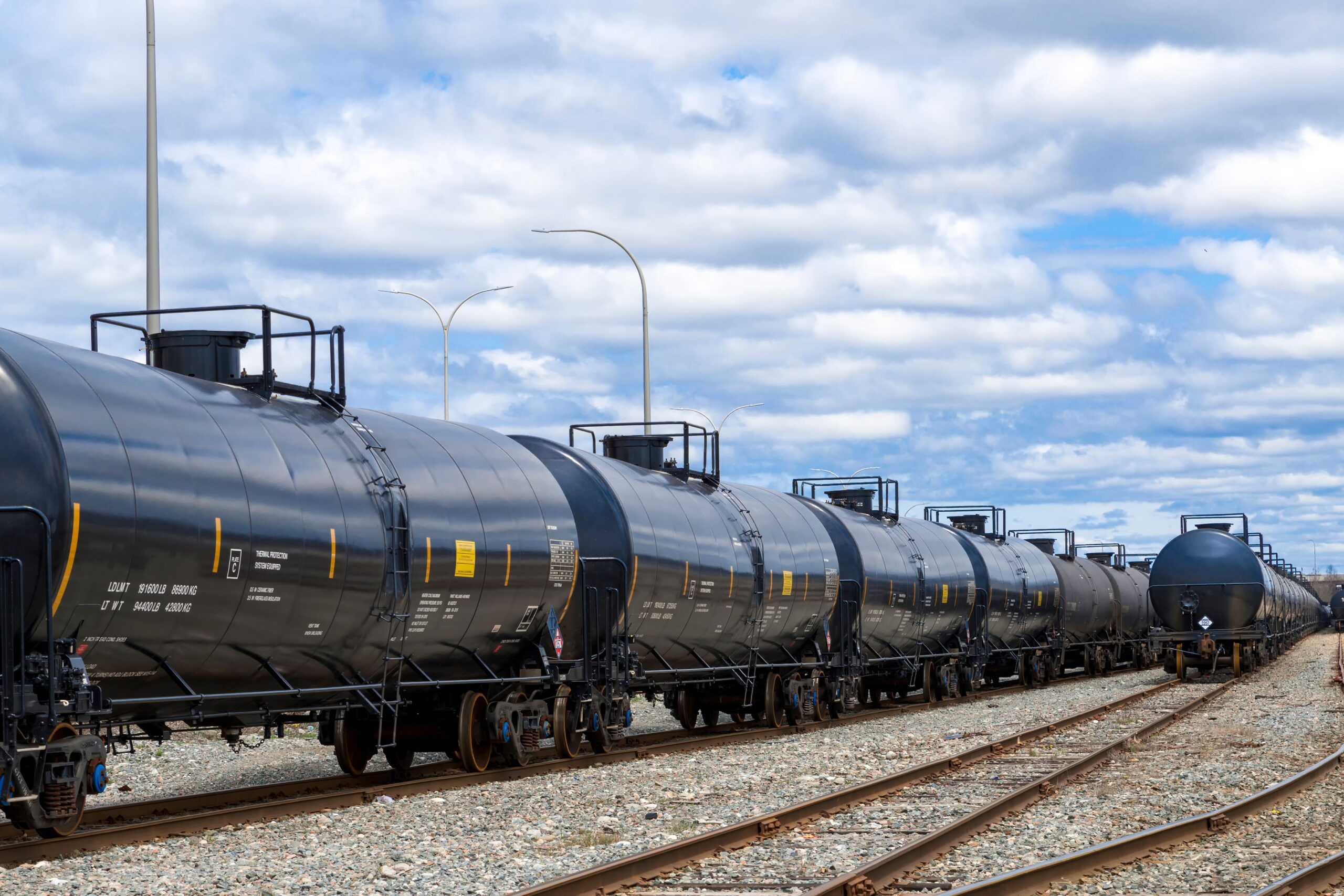The U.S. Department of labor realized the dangers of silica in the 1930’s, yet occupational exposure to silica remains a tragic problem among workers in the United States over eight decades later. This is because various industries, including the railroad industry, use silica-containing materials, causing 2.3 million people in the U.S. to be exposed to respirable crystalline silica in the workplace. Exposure to silica increases the risk of lung cancer, silicosis, chronic obstructive pulmonary disease (COPD), and kidney disease, claiming many lives as a result. One of the main ways railroad workers are exposed to silica is by the rocks around the track, called “ballast,” which are often made of silica-containing granite. The machines that the railroad workers use to maintain the tracks stir up the ballast, creating clouds of silica dust that can be breathed in by the workers; these machines include, but are not limited to, ballast regulators, loram ballast cleaners, track sweepers, cribbers, tampers, adzers, and spike pullers. Railroad workers are exposed to ballast dust principally through track construction and repair, dumping ballast, and from ballast trains.
The Occupational Safety & Health Administration (OSHA) limits exposure to silica by implementing permissible exposure limits (PEL), which limit the number of micrograms of respirable crystalline silica allowed per cubic meter of air in the workplace, averaged over an 8-hour shift. Up until now, the PEL that U.S. industries were operating under was based on research done in the 1960’s and earlier. Silica exposure regulations had not been updated since 1971 and change was long overdue to address an unresolved and serious issue. On March 26, 2016, OSHA issued a new and final rule designed to limit American workers’ exposure to respirable crystalline silica, in an effort to reduce silica-related cancers,diseases, and deaths. The rule established a new PEL that is two to five times lower than the PELs that have been implemented by the railroad industry for the past 40 years. OSHA’s rule also requires work practices to control silica exposure, such as wetting dust before sweeping it up.
Once the rule takes full effect, OSHA predicts that it will prevent 600 deaths a year from silica-related diseases, and reduce new silicosis diagnoses by 900 cases a year. The effectiveness of the rule depends on compliance by U.S. industries, which has been dismal in the past. Fortunately, the rule also requires employers to regularly monitor the level of silica exposure in their workplaces, and to monitor the health of their employees. Hopefully this will give the silica rule the effectiveness it never had in the past, acting both as an accountability buddy and as potential evidence of dangerous workplace conditions should the industry fail to meet OSHA standards. Time will tell whether it will make a difference. You can read the final rule in its entirety here.
While this is a step in the right direction, it is, for many railroaders, a step taken too late. If you are a railroad worker who has been diagnosed with lung cancer, or any disease related to silica, asbestos, diesel exhaust or other hazards in the workplace contact us to speak with an experienced attorney about your legal rights under the Federal Employers’ Liability Act (FELA).





